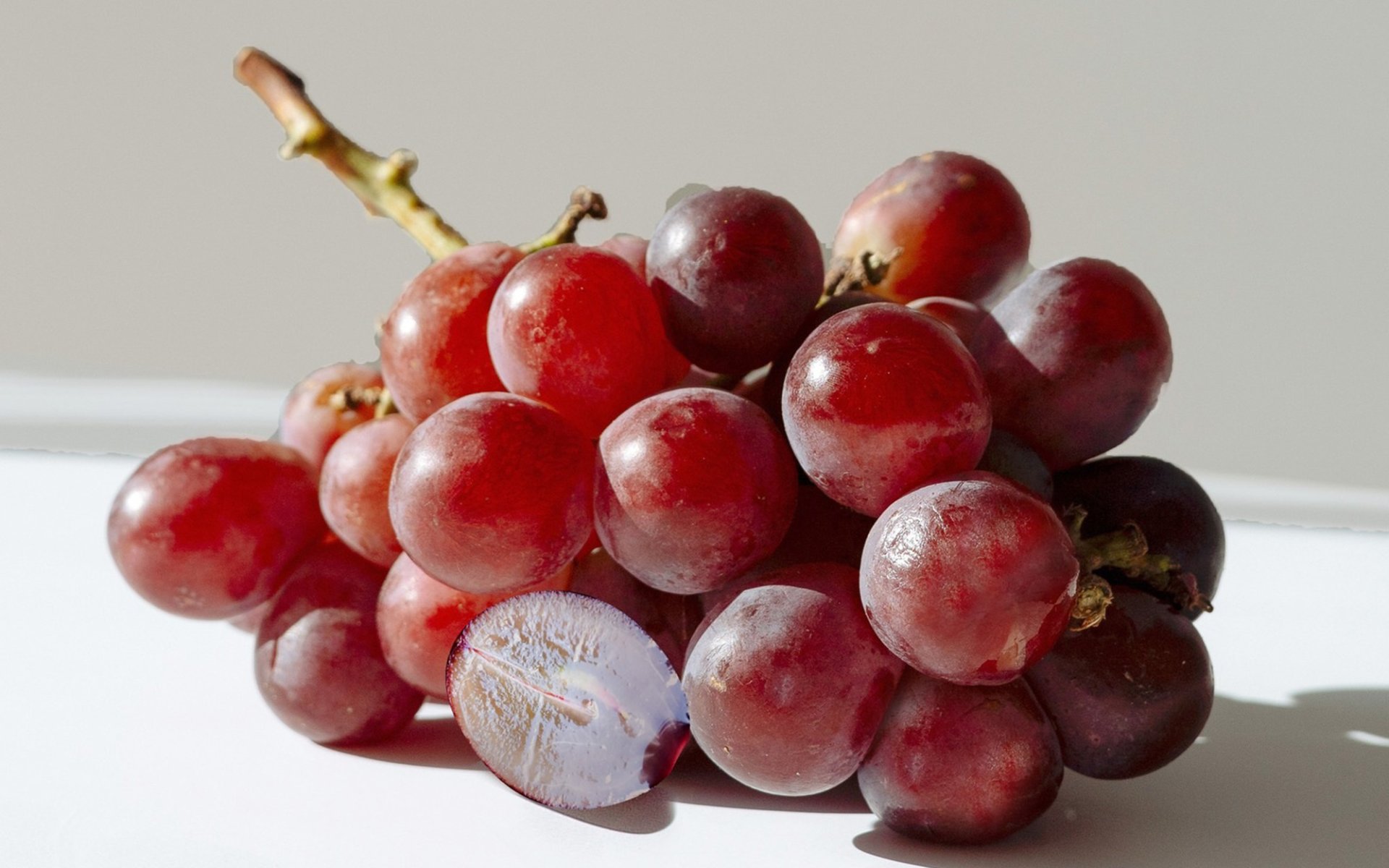Seedless grapes

For a long time, seedless grapes have gained popularity worldwide, yet few people wonder how they grow, since naturally, fruits are designed to propagate using seeds from the very beginning.
The Genesis of Seedless Grapes: From Mutation to Cultivar Development
Seedless grapes are said to have been first discovered in the United States in the mid-1870s by William Thompson, a farmer in California who observed a grape vine bearing seedless grapes. Coincidentally, during that period, humans began employing sophisticated horticultural techniques to develop plants with desired characteristics. Thompson experimented with propagating the naturally occurring seedless grape using cuttings, achieving success and giving rise to the world's first seedless grape variety, named Thompson. Today, it remains one of the most popular seedless grape varieties globally.
Before Thompson's discovery, he hypothesized that seedless grapes likely arose from a natural mutation due to an abnormality in some genes within the grape vine, which caused the seeds to disappear. Fortunately, he discovered and developed it; otherwise, we wouldn't be enjoying delicious seedless grapes today.
Cultivar Development and Commercial Expansion
Over time, the cultivation of these seedless grapes became increasingly complex. In 1950, John Weinberger, a horticultural researcher for the U.S. Department of Agriculture, developed Flame, the first popular red seedless grape after Thompson. His team tested over 100,000 seedlings by cross-breeding five different varieties, including the Thompson Seedless. It was no easy feat to develop the Flame red grape variety.
Seedless grapes are typically grown using a process called Gibberellic Acid Treatment. This involves applying a plant hormone called gibberellic acid to the grapevines, which allows the grapes to grow without seeds. This technique is widely used in commercial seedless grape production, as it enables farmers to cultivate large quantities of seedless grapes.
Another advantage of seedless grapes is that they are easier to cultivate than traditional grapes, which require more meticulous care due to their susceptibility to diseases and pests. In contrast, seedless grapes are more resistant to these issues, making them easier to grow and maintain, thus popular among farmers and grape growers.
Nutritional Benefits and Flavor Variety
Today, seedless grapes remain a globally popular fruit, partly because they are convenient and easy to eat. Since there's no need to spit out seeds, they make an ideal snack for children and adults, especially young children, who don't risk choking on seeds.
In terms of nutrition, seedless grapes are a good source of vitamins and minerals. They are rich in Vitamin C, Vitamin K, and potassium, which are essential for maintaining a strong immune system. They also contain antioxidants, which help protect cells from damage. Furthermore, seedless grapes are low in calories, making them a good option for those managing their weight.
When it comes to taste, seedless grapes are just as delicious as traditional seeded grapes. They come in various colors and flavors, from green and red to black. Popular seedless grape varieties include Thompson and Flame, each with its unique taste and texture.
Generally, seedless grapes are enjoyed as fresh snacks, but they can also be used in a variety of recipes, whether in salads or desserts like smoothies, or for decorating baked goods such as muffins and cakes. They can also be processed into jams and jellies.


